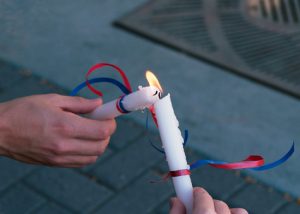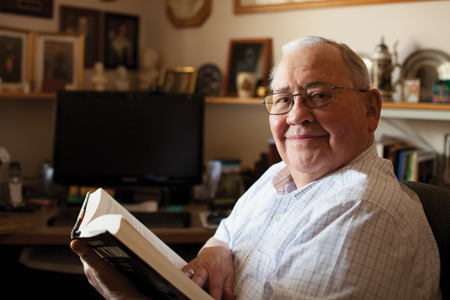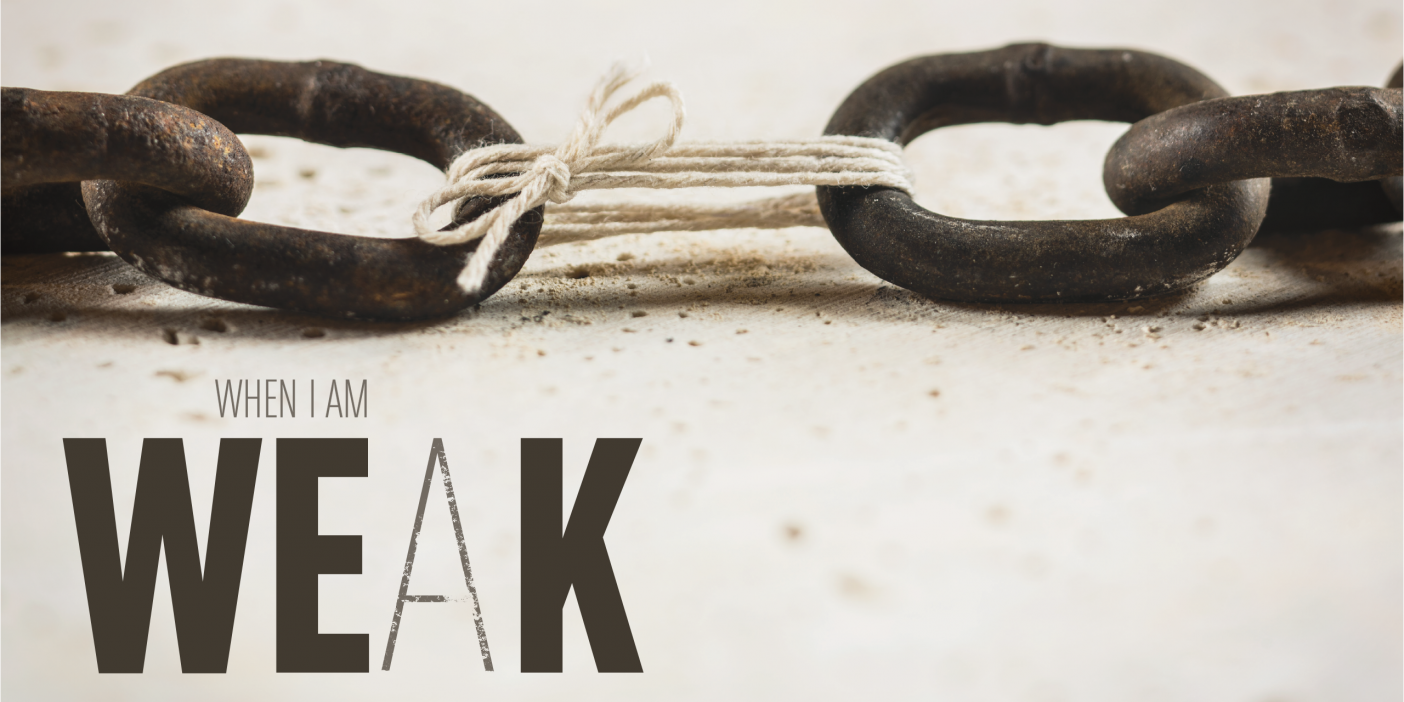
The events of Sept. 11 brought feelings of shock, grief, and patriotism to the BYU community – especially to those who witnessed them. On Sept. 14 BYU students gathered for a candlelight vigil (above).
On what has come to be known as “America’s darkest day,” Sept. 11, 2001, terrorists killed thousands of people in coordinated attacks in New York City and Washington, D.C., and in a thwarted attack that ended in rural Pennsylvania. Although no BYU students or alumni are known to have been killed, many alumni saw the horror firsthand. But they also witnessed the bravery, unity, and resolve of those who worked to restore peace and order to New York City. Here are some of their reflections on these tragic events.
Moving Forward
Jonathan C. Hill, ’94, New York City
On the morning of Sept. 11, I exited the subway below the World Trade Center just after a plane hit the first tower. And I was on the street when the second plane struck minutes later. The explosion etched an image in my mind that I will never forget. Almost immediately after the blast, I saw pieces of glass, metal, and other debris, some the size of a car, raining down on the street. I took refuge in a shoeshine store and tried to help the injured.
On Saturday, Sept. 30, I returned to downtown New York for the first time since the attack. The somber crowd at “ground zero” resembled a funeral procession, each person looking to catch a glimpse of the ruins and trying to remember what downtown Manhattan was like before it became a war zone. The building where I formerly worked had a large piece of the World Trade Center’s external support beams lodged in its side, and much of the exterior had been crushed and broken. It will take a long time to repair.
People I saw every day now work in locations scattered throughout New York and New Jersey, wherever space could be found. I never had a chance to say goodbye to many of them. I now work in a temporary office in midtown Manhattan, close to home but far from the makeshift trading floor that was set up in my company’s Jersey City building. We had only empty desks and telephones when I began working here a week and a half after the disaster. Last week, I spent several days substituting for a short-staffed technology support team, pushing a cart around to deliver new computers to 130 coworkers.
The amazing thing to me is that, in spite of all the new inconveniences and tasks that were not initially part of my job description, my usual tasks—editing bond prospectuses, analyzing cash flow scenarios, and presenting financial product ideas—continue almost as normal. What is most different is the value of these things to me. On September 11 it suddenly became clear to me what and who I care about. My family, close friends, beliefs, and the value of my own life burst to the forefront of my thoughts, while the pressing demands of work lost relevance. I am grateful that, for me, life can go on with greater meaning and purpose than ever before.
Out of the Darkness
Brent J. Belnap, ’86, New York City
Following the attacks on the World Trade Center, New York New York Stake president Brent J. Belnap surveyed the damaged as he made his way around the ruined section of the city.
On Gold Street, at NYU‘s downtown medical center, a team of doctors waited anxiously out front for ambulances to drive up and unload the injured. From across the street I paused to watch the doctors unload the sole ambulance to arrive, which carried only one person, presumably a man, his arm stained with blood. For some odd reason, the depth of the tragedy around me didn’t hit until the moment I saw the man’s hand move ever so slightly. My heart cheered, and I shouted to myself: “He’s alive! Thank heavens, he’s alive! Someone’s alive!”
Walking further, I came to City Hall Park, about four short blocks from the northeast corner of the World Trade Center, near the edge of the dust and smoke. The powdery dust and debris were particularly deep here. Emergency vehicles zoomed back and forth, kicking up dense, white clouds. Of all the poignant and outright depressing scenes from that particularly horrific event and the dark days that have followed since, perhaps the image most indelibly seared into my mind is the scene that unfolded next.
Emerging from the heavy dust and smoke, I was struck by the intensely beautiful shade of sky ahead. It had, after all, been one of those long-awaited, non-humid days of late summer, when the sky over New York is deep blue and the air is clear. A few yards in front of me was a cameraman adjusting his equipment. I looked to see what he was capturing on film. Behind me, here and there, were several others walking slowly forward, heads bowed, shoulders drooped, bodies covered head to toe in flour-white dust, emerging into a patch of sunlight from a backdrop of solid black smoke. The thick smoke and dust rising up behind me filtered the sunlight that shone down on a steady, solid stream of people—thousands of people—walking silently along the footpath on the Brooklyn Bridge’s north side toward Brooklyn, away from Manhattan and “ground zero.”
It was all so unimaginably surreal. I paused a moment to breathe the somewhat fresher air and capture what was, to me, an image of war: clear blue sky ahead, ominous black cloud behind, a mass of humanity marching slowly away through the haze over the East River.
Thinking back, it is that scene on the edge of the billowing smoke near City Hall and the Brooklyn Bridge, more than any other, that will likely never leave me for as long as I live.
Never the Same
Seth G. Blaylock, ’01, New York City
It is hard for me to believe the two towers are gone. Each morning I wake up and lift the blinds, expecting them to greet me like before. But, no, the sky is empty.
I have pictures to remind me of what the view used to look like. There, on the wall opposite my bedroom window, the World Trade Center still stands. Below these are pictures I took after the first plane crashed and even more taken later that morning, when they fell. The transformation is incomprehensible. Solid, stalwart buildings reduced to dust and debris in just over an hour.
Even the smoke is gone now. I’m left with a view of clear sky.
I look down and see the people of Manhattan walking, talking, eating, driving, and shopping again. We’re slowly coming back to life here in New York City, endeavoring to get the disaster behind us, getting back to business.
New York seems as bustling now as it was before September 11, but there is a different feeling in the streets. Sorrow, yes, but coupled with a sense of community. I walk down 6th Avenue and feel a special kinship with everyone who passes by. We share a common experience. We share each other’s pain. We smile and know we are not alone.
This new community of grief has its own signposts. U.S. flags hang from every building and fliers on walls commemorate the more than 6,000 feared dead. Flowers multiply daily at the firehouse down my street.
A few blocks away at Union Square, New Yorkers have created an ad hoc memorial park. Thousands make their way there each day to mourn among the candles and handwritten messages. U.S. flags drape the statue of George Washington, and graffiti covers the base—chalked-in testaments to peace and love. Choirs sing and shout “Hallelujah.”
Further north, the Empire State Building is nightly bathed with lights of red, white, and blue to honor its fallen fellow towers. It is good to see but hard not to sneak a peak over my shoulder at the empty sky to the south.
I have no doubt that the city will heal, but its people will never be the same. We will be closer.
The events of Sept. 11 brought feelings of shock, grief, and patriotism to the BYU community—especially to those who witnessed them. On Sept. 14 BYU students gathered for a candlelight vigil (above).









